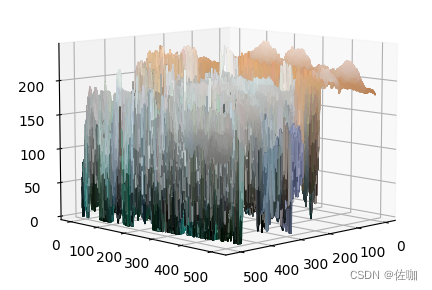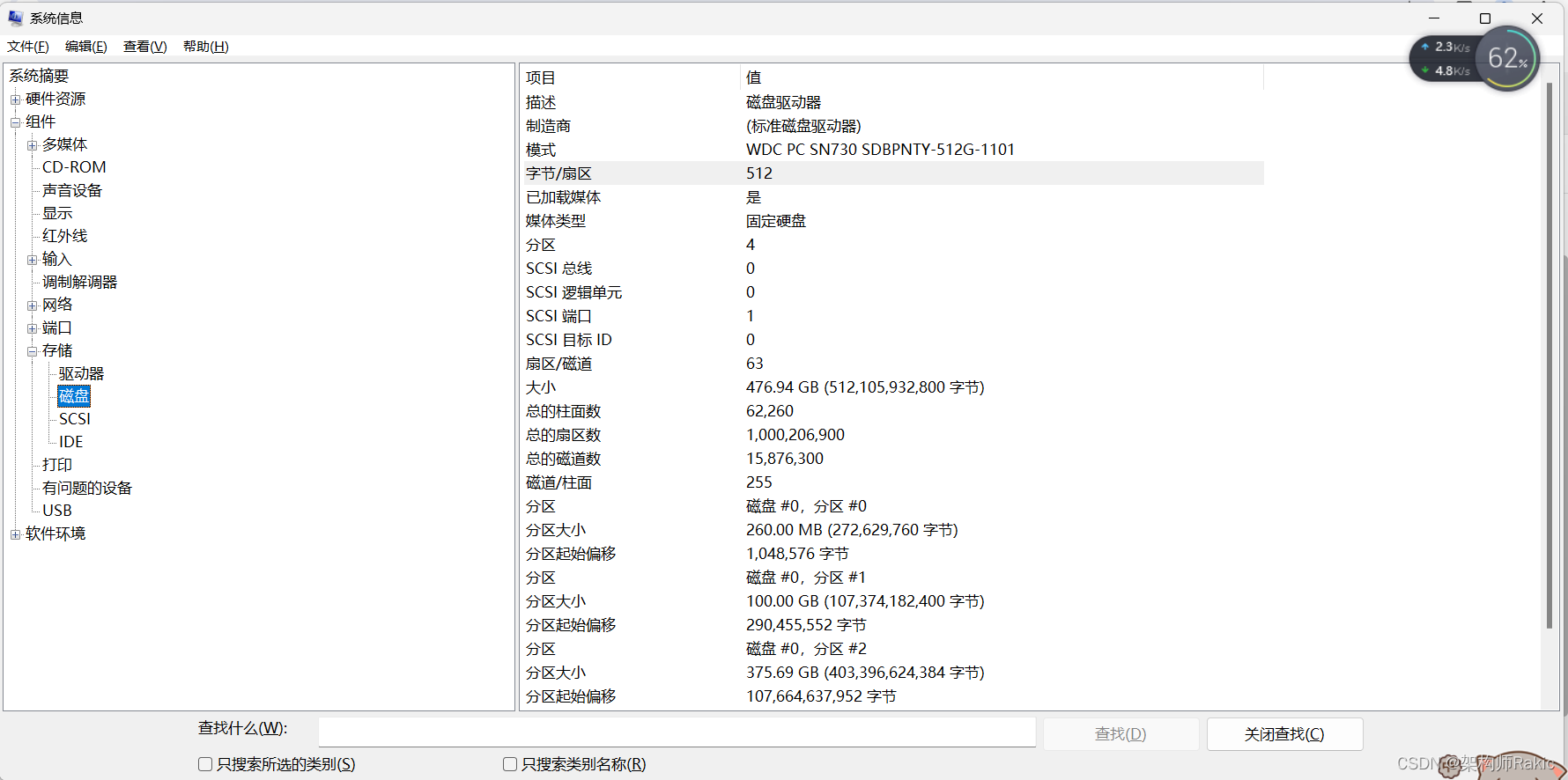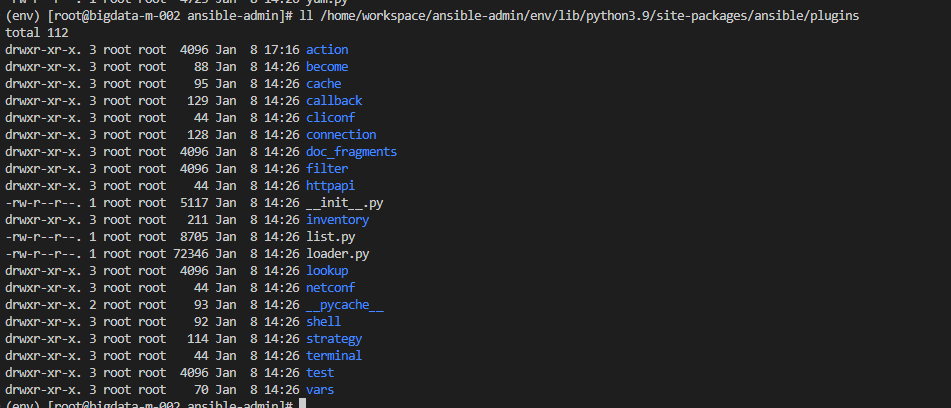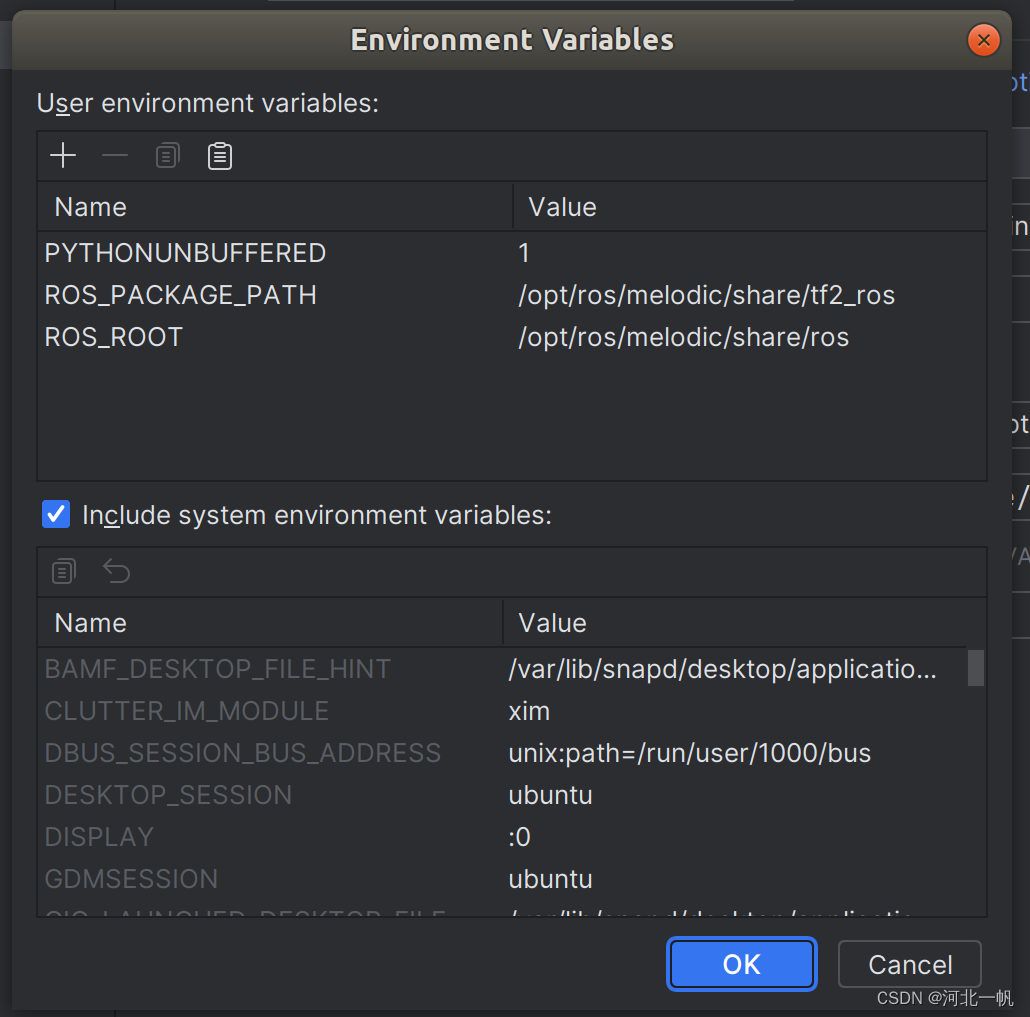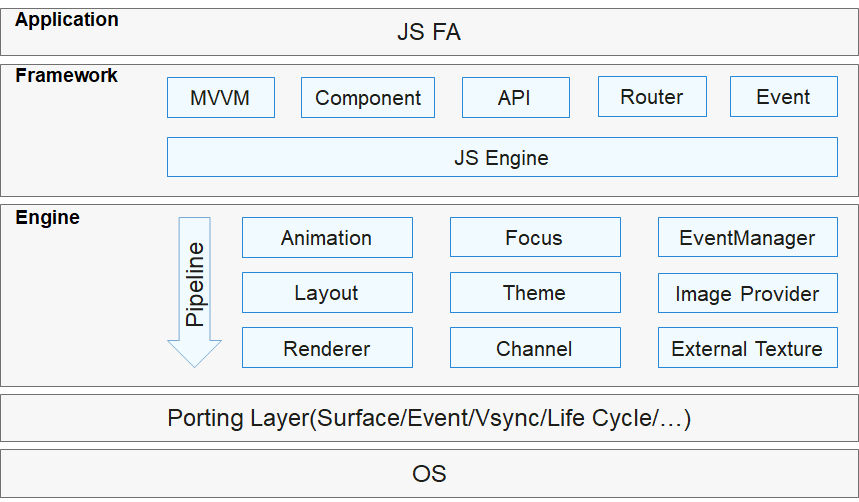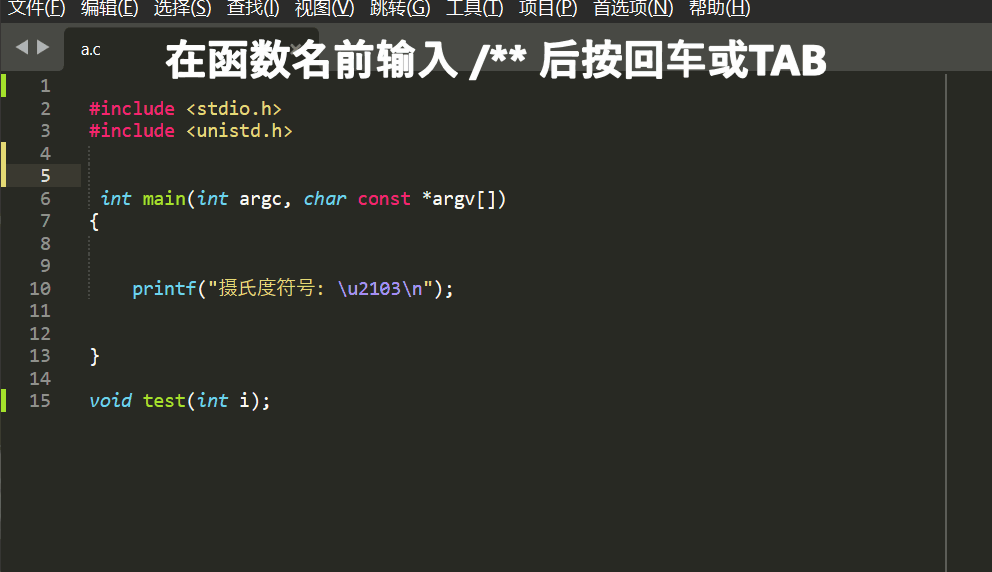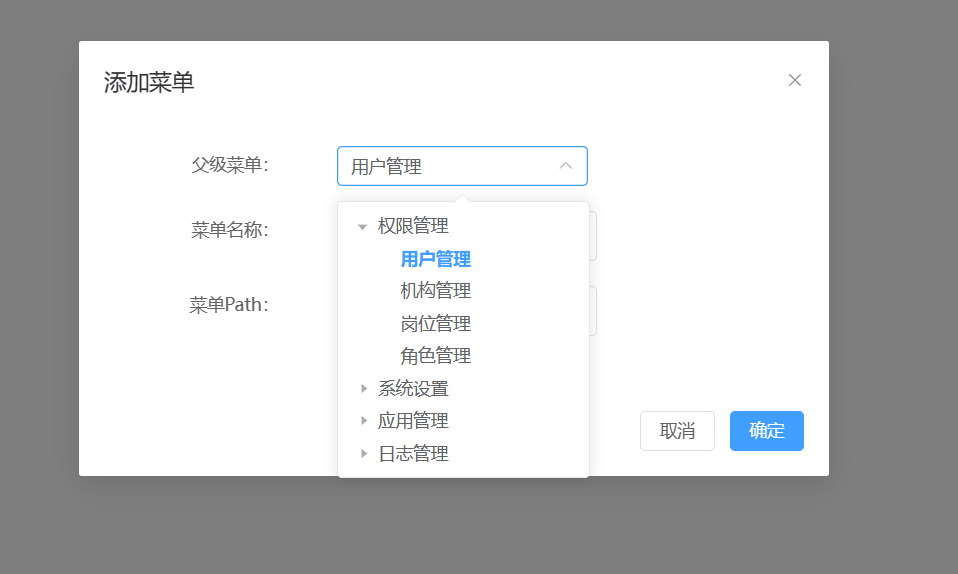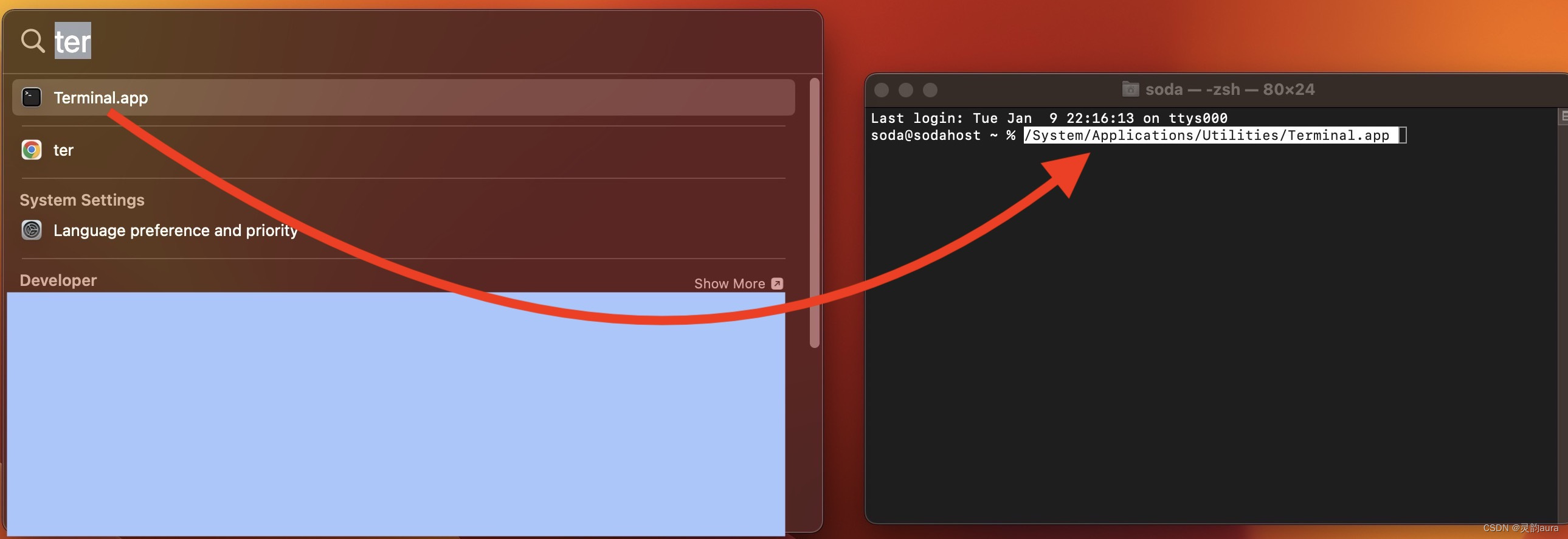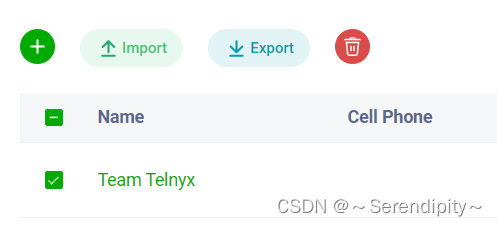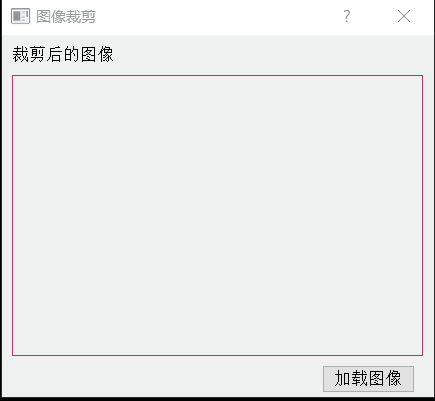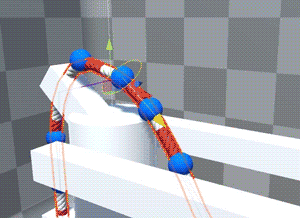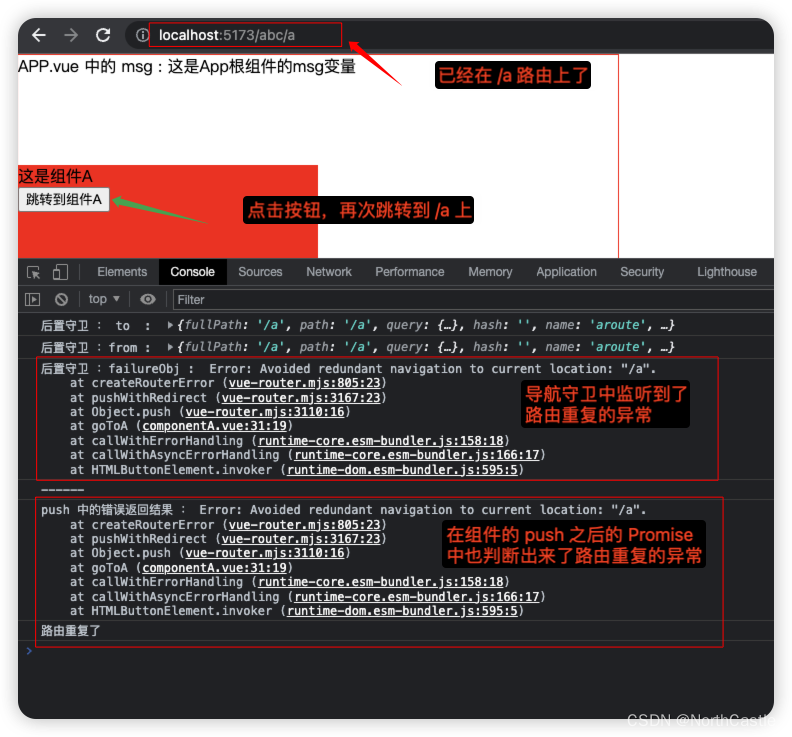算法简述
K-means 算法原理
我们假定给定数据样本 X ,包含了 n 个对象 ,其中每一个对象都具有 m 个维度的属性。而 K-means 算法的目标就是将 n 个对象依据对象间的相似性聚集到指定的 k 个类簇中,每个对象属于且仅属于一个其到类簇中心距离最小的类簇中。对于 K-means 算法,首先需要初始化 k 个聚类中心
, 然后通过计算每一个对象到每一个聚类中心的欧式距离,如下式所示:
这里的 表示第i个对象
,
表示第 j 个聚类中心
,
表示第i个对象的第t个属性,
,
表示第j个聚类中心的第t个属性。
依次比较每一个对象到每一个聚类中心的距离,将对象分配到距离最近的聚类中心的类簇中,得到k个类簇,kmeans 算法定义了类簇的原型,类簇中心就是类簇内所有对象在各个维度的均值,其计算公式如下所示:
式中, 表示第l个聚类中心,
,
表示第l个类簇中对象的个数,
表示第l个类簇中第i个对象,
算法实现流程
- 随机设置 K 个特征空间内的点作为初始的聚类中⼼。
- 对于其他每个点计算到 K 个中⼼的距离,未知的点选择最近的⼀个聚类中⼼点作为标记类别。
- 接着对着标记的聚类中⼼之后,重新计算出每个聚类的新中心点(平均值)
- 如果计算得出的新中⼼点与原中⼼点⼀样(质⼼不再移动),那么结束,否则重新进⾏第⼆步过程。
核心代码
手写实现 K-means 算法:
import numpy as np
import random
import matplotlib.pyplot as plt
plt.rcParams['font.sans-serif'] = ['SimHei']
plt.rcParams['axes.unicode_minus'] = False
"""
手写实现Kmeans
"""
data = np.genfromtxt("classes.txt", delimiter='\t')
X = data
K = 5
colors = ['r', 'g', 'b', 'c', 'm', 'y', 'k']
max_iterations = 10000
random.seed(100)
def kmeans(data, K, max_iterations):initial_centers = random.sample(list(data), K)centers = initial_centersfor iteration in range(max_iterations):clusters = {i: [] for i in range(K)}for point in data:distances = [np.linalg.norm(point - center) for center in centers]cluster_index = np.argmin(distances)clusters[cluster_index].append(point)new_centers = [np.mean(clusters[i], axis=0) for i in range(K)]if np.all(np.array_equal(centers[i], new_centers[i]) for i in range(K)):breakcenters = new_centersreturn centers, clustersfinal_centers, final_clusters = kmeans(X, K, max_iterations)
for i in range(K):cluster = np.array(final_clusters[i])plt.scatter(cluster[:, 0], cluster[:, 1], c=colors[i], label=f'簇 {i + 1}')centers = np.array(final_centers)
plt.scatter(centers[:, 0], centers[:, 1], c='k', marker='x', s=100, label='簇中心')plt.xlabel('高度')
plt.ylabel('宽度')
plt.legend()
plt.show()
调用 sklearn 包的 K-means 算法:
import numpy as np
from sklearn.cluster import KMeans
import matplotlib.pyplot as plt
plt.rcParams['font.sans-serif'] = ['SimHei']
plt.rcParams['axes.unicode_minus'] = False
"""
调用sklearn库的Kmeans算法
"""
data = np.genfromtxt("classes.txt", delimiter='\t')
X = data
K = 3
num_experiments = 5
colors = ['r', 'g', 'b', 'c', 'm', 'y', 'k']
for i in range(num_experiments):kmeans = KMeans(n_clusters=K, init='k-means++', random_state=i)kmeans.fit(X)print(f"实验 {i + 1} - 初始中心: {kmeans.cluster_centers_}")kmeans = KMeans(n_clusters=K, init='k-means++', random_state=0)
kmeans.fit(X)labels = kmeans.labels_clustered_data = {i: [] for i in range(K)}
for i, label in enumerate(labels):clustered_data[label].append(X[i])for i in range(K):cluster = np.array(clustered_data[i])plt.scatter(cluster[:, 0], cluster[:, 1], c=colors[i], label=f'簇 {i + 1}')centers = kmeans.cluster_centers_
plt.scatter(centers[:, 0], centers[:, 1], c='k', marker='x', s=100, label='簇中心')plt.xlabel('高度')
plt.ylabel('宽度')
plt.legend()
plt.show()手写实现 K-means 的算法流程:
- 随机选择 initial centers:从数据集中随机选择 K 个数据点,作为 initial centers。
- 计算距离:对于每个数据点,计算它与当前的 K 个 centers 之间的距离。
- 分配数据点:将每个数据点分配到最近的 center 所对应的集合中。
- 更新 centers:将每个集合的中心点更新为集合中的均值。
- 重复步骤 2-4:直到 centers 不再发生变化,或者达到最大迭代次数。
- 返回 centers 和 clusters:返回最终的 centers 和 clusters。
实验结果与分析
使用 python 手写实现 K-means 算法效果(假设 K=3 的时候):
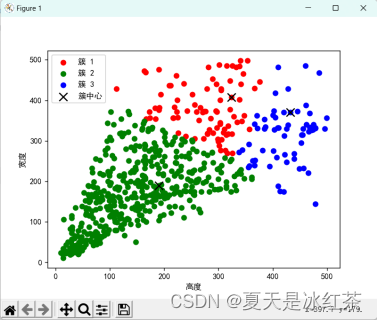
使用 sklearn 中的 K-means 算法效果(假设 K=3 的时候):

使用 python 手写实现 K-means 算法效果(假设 K=5 的时候):
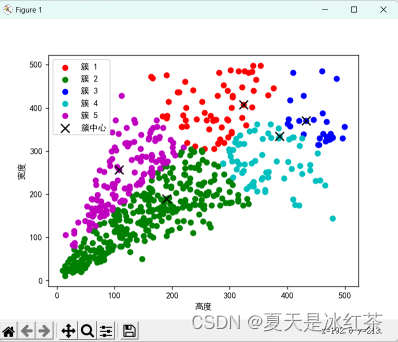
这里使用了 Python 手写实现 K-means 算法,并与 scikit-learn 库中的K-means 算法进行了比较。结果发现手写实现的 K-means 算法的效果与scikit-learn 库中的 K-means 算法相似,都可以很好地聚集数据点。
结论与心得体会
K-means 算法是一种常用的聚类算法,可以用来分组数据点 K 个聚类。在本实验中,我们使用了 VOC 数据集中的 600 张图像,并将每个图像的边界框标注为一个数据点。这里使用了 K-means 算法将这些数据点聚集到 K 个聚类中。
classes.txt文件:
201 158
171 330
94 137
300 180
175 250
190 265
150 146
222 274
102 372
213 122
19 43
202 297
163 348
174 356
29 53
31 81
85 105
77 159
102 140
333 482
148 229
97 200
133 186
52 76
256 306
411 332
30 115
151 202
164 233
283 328
394 237
107 153
151 128
99 139
118 318
240 311
420 371
153 188
75 148
54 52
197 326
14 34
196 250
295 374
230 167
206 161
105 164
41 28
119 108
328 360
252 414
279 429
135 251
101 156
75 169
123 311
238 298
132 157
79 64
15 106
52 172
159 327
82 90
82 252
273 305
281 211
205 291
456 330
223 372
199 118
116 162
231 212
19 25
334 346
68 222
116 179
165 206
222 461
91 277
36 25
86 155
162 251
173 372
255 228
74 171
296 440
118 158
288 271
120 87
31 87
300 206
131 195
69 109
71 186
300 298
330 190
222 187
56 135
192 276
95 300
209 166
100 309
455 315
38 42
89 177
303 401
277 200
216 357
221 246
130 106
232 263
340 498
126 213
162 343
465 221
130 280
144 223
499 356
35 60
260 372
64 153
181 161
55 153
42 78
182 295
178 333
460 485
121 354
142 227
299 304
194 147
478 332
236 441
132 108
56 45
242 374
30 73
40 27
46 57
230 228
251 221
217 356
104 264
108 150
26 35
172 275
261 199
17 30
272 197
324 408
10 24
76 45
160 215
274 373
248 201
128 104
311 329
413 176
267 382
160 331
255 175
97 224
306 240
367 252
198 219
222 260
214 292
225 358
66 167
146 137
96 344
353 498
167 100
287 191
445 373
372 331
474 328
117 185
386 334
124 202
74 68
27 83
405 418
57 121
214 225
166 469
347 362
209 437
251 302
188 167
30 110
155 198
227 225
231 290
314 188
13 20
243 206
23 51
385 330
26 31
164 280
355 235
385 353
77 184
148 288
82 134
220 309
366 341
150 104
126 318
163 473
37 135
315 485
187 242
339 484
236 177
159 176
339 402
260 274
145 277
231 237
246 270
158 117
49 139
276 373
60 167
281 482
60 190
191 382
325 317
252 298
147 235
64 71
67 127
280 318
212 437
184 165
165 288
61 188
290 319
62 115
301 232
478 144
254 169
106 123
70 70.1
100 223
97 130
96 282
201 309
110 183
99 214
159 186
92 266
82 150
151 248
226 319
100 113
195 192
471 326
202 238
98 216
478 331
159 160
402 374
220 138
239 261
248 176
108 118
297 372
155 287
30 57
192 163
19 23
112 429
363 251
83 173
134 373
341 440
309 321
190 476
120 149
67 233
30 35
102 196
68 188
62 158
305 425
196 178
184 354
121 140
165 243
121 320
314 315
198 170
190 376
215 184
193 114
148 161
138 222
262 203
301 487
361 210
87 216
183 381
318 337
401 275
64 55
43 49
254 137
316 270
439 268
41 32
155 133
223 175
46 50
142 161
381 276
71 199
81 55
184 287
304 276
162 213
81 59
341 229
85 63
187 275
74 256
121 109
167 354
160 200
346 466
202 320
289 453
303 182
422 266
49 56
156 194
267 124
333 178
173 127
185 178
326 485
177 280
222 245
313 277
99 152
74 98
410 188
148 51
161 140
428 428.1
318 317
65 117
496 330
255 166
274 245
100 114
158 138
74 130
184 273
260 204
90 67
150 246
126 96
190 233
170 324
301 288
356 292
462 340
297 332
48 97
343 349
57 131
110 79
58 70
253 226
23 25
466 323
179 260
198 215
341 219
76 66
324 255
218 170
376 446
88 216
146 338
280 265
216 298
222 185
268 175
194 414
118 214
273 234
62 149
366 239
181 188
258 198
42 20
224 401
30 22
108 257
139 285
428 339
140 162
92 90
314 184
263 206
180 170
246 223
127 67
403 327
189 273
280 317
288 272
56 118
77 72
38 27
468 368
96 164
169 149
240 190
219 383
232 135
136 366
145 306
361 206
165 209
305 428
105 232
305 222
182 139
108 141
32 38
123 83
425 247
201 261
61 133
88 88.1
400 364
100 191
109 107
122 92
107 340
329 213
152 133
147 130
57 134
251 187
31 57
449 231
347 207
164 292
314 199
175 198
48 63
74 76
121 120
98 81
52 38
106 163
298 230
344 278
249 201
432 371
43 23
82 220
152 92
236 111
190 189
228 173
134 322
290 246
82 48
220 182
40 65
338 272
103 302
453 315
138 200
339 224
165 128
184 155
256 389
407 259
293 180
264 351
283 175
334 218
303 345
127 139
166 252
70 51
175 166
439 256
247 257
321 448
207 204
271 370
164 261
306 303
303 342
155 118
405 358
177 330
96 71
420 174
62 87
76 57
475 340
163 190
167 164
177 238
190 104
357 329
97 77
163 213
46 38
43 34
49 37
113 99
421 313
32 31
410 482
128 173
366 430
39 29
457 232
36 66
485 468
118 112
89 77
132 107
233 304
425 330
112 79
102 117
452 295
71 48
46 89
267 229
85 163
326 269
161 214
409 332
299 180
49 29
116 118
209 137
264 132
273 269
162 105
202 171
70 163
97 170
286 355
323 174
117 161
117 214
223 220
138 95
110 100
468 333
57 55
168 186
27 19
189 220
141 134
371 362
46 30
253 280
135 106
321 377
68 65
182 260
126 218
162 165
111 125
312 258
357 238
461 388
240 176
177 150
156 116
321 250
31 43
65 52
186 183
163 160
147 196
82 64
219 214
101 131
247 154
70 42
37 31
113 186
145 171
14 11
